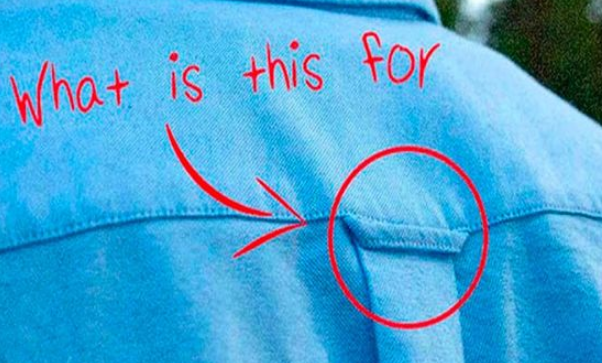Button-down shirts have been a staple in many people’s wardrobes for decades, but have you ever stopped to think about the small loops on the back of these shirts? Known as “locker loops,” these small features have a rich history and social significance that may surprise you.
The origins of the locker loop date back to the Navy, where sailors needed a way to hang their uniforms in cramped quarters. The loops were added to make hanging easier, and they eventually made their way into civilian fashion in the 1960s.
It was during this time that clothing manufacturer GANT played a significant role in popularizing the locker loop. GANT introduced the loops as a way to keep shirts wrinkle-free in lockers, and the feature quickly became a hit with the style-conscious Ivy League community.
Interestingly, the locker loop took on a life of its own as a symbol of relationship status. Male students would remove the loop to signal that they were taken, and women would wear their partner’s scarf as a sign of affection. However, this tradition took a mischievous turn when some individuals would playfully remove loops from shirts as a way of flirting.
As Ivy League style became more popular, the locker loop became a status symbol, signifying good taste and high quality. Iconic brands like GANT, Ralph Lauren, and J.Crew began incorporating the loops into their designs, and the feature became a staple of menswear.
Today, the locker loop remains a nod to history and a way to add a personal touch to a button-down shirt. While modern hangers have made the loop less practical, it continues to be a charming detail that connects us to the evolution of menswear.
So next time you put on a button-down shirt, take a moment to appreciate the small loop on the back. It may seem like a minor detail, but it has a rich history and social significance that makes it a fascinating part of menswear.


